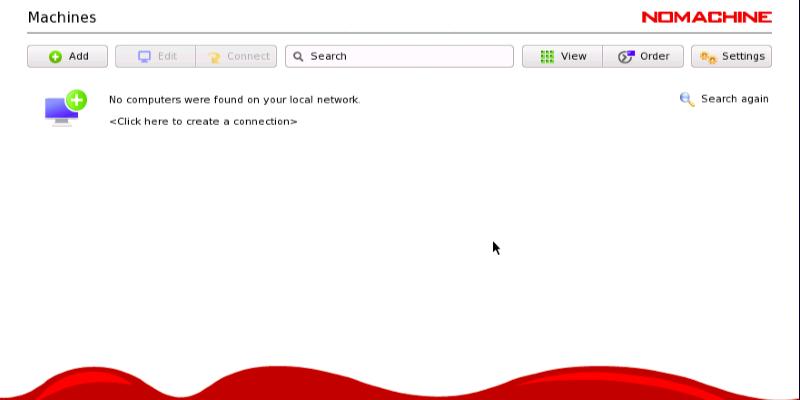

Make note of the “Public IP address,” which I have circled in red. Once it is done provisioning, your screen will look like this. Give the instance some time to provision. Once you have everything configured correctly in your instance, click the “Create” button.

Boot volume: keep this as the default and do not select any options.I also renamed the file as “LinuxKey.key.”

Trust me, this will make things easier later-on. I recommend creating a folder on your desktop called “LinuxKey” and saving the key there for now. You do not need to worry about the public key. Add SSH keys: select the “generate a key pair for me” option and save the private key to your computer.Leave the CIDR block and the public IP address as-is. I named mine “JIB-Subnet.” Make sure that you have the correct compartment selected. Under “Subnet,” select the “Create new public subnet” option and name your new public subnet. I named my VCN “JIB-VCN.” Make sure that you have the correct compartment selected. Networking: under “Primary Network,” select the “Create a new virtual cloud network” option and name your new virtual cloud network (VCN).Shape: click “Shape” and change the number of OCPUs from the default of 1 to 8.Image: keep this as the default, Oracle Linux 7.9.Placement: keep this as the default, AD 1.The name of my compartment is JaredBachCMP. Compartment: select the compartment that you wish to place your instance into.Name: select a name for your instance.Here is how you are going to configure your instance: You should see a page that looks like this. Let’s start by logging into our OCI tenancy. Then, nobody has to go through the agony and pain that I went through if they are also trying to do this.

Of course, because there were no centralized instructions on how to do any of this anywhere on the internet, I decided to just scrap the VM that I was working in and start from the beginning - this time I was going to document the entire process. I realized that I desperately needed to backtrack. I was just about halfway through completing this objective when the programs inside my VM began to crash and commands began to fail. In fact, I nearly threw my computer out the window trying to do this. While this process may seem straight forward at a glance, it is actually quite complicated. The purpose of this blog is to walk through all of the steps associated with this process. Today, we are going to be creating a Linux VM in OCI and then installing a GUI in the VM that we will be able to access using NoMachine.


 0 kommentar(er)
0 kommentar(er)
